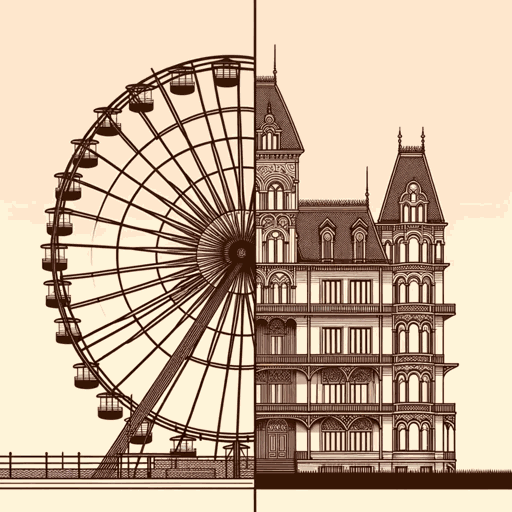76 pages • 2 hours read
Erik LarsonThe Devil in the White City: Murder, Magic, and Madness at the Fair That Changed America
Nonfiction | Book | Adult | Published in 2003A modern alternative to SparkNotes and CliffsNotes, SuperSummary offers high-quality Study Guides with detailed chapter summaries and analysis of major themes, characters, and more. For select classroom titles, we also provide Teaching Guides with discussion and quiz questions to prompt student engagement.
Summary
Prologue
Part 1, Chapters 1-3
Part 1, Chapters 4-6
Part 1, Chapters 7-10
Part 2, Chapters 1-3
Part 2, Chapters 4-6
Part 2, Chapters 7-9
Part 2, Chapters 10-12
Part 2, Chapters 13-15
Part 3, Chapters 1-3
Part 3, Chapters 4-6
Part 3, Chapters 7-9
Part 3, Chapters 10-12
Part 3, Chapters 13-15
Part 3, Chapters 16-19
Part 3, Chapters 20-22
Part 4, Chapter 1
Part 4, Chapters 2-4
Part 4, Chapters 5-6
Epilogue
Key Figures
Themes
Symbols & Motifs
Important Quotes
Essay Topics
EpilogueChapter Summaries & Analyses
Epilogue: “The Last Crossing”
Epilogue, Chapter 1 Summary: “The Fair”
The fair also had an impact on the national consciousness, informing Disneyland, the creation of Oz, and the designs of Frank Lloyd Wright. The Ferris wheel, AC lamps, and shredded wheat were among the inventions first seen at the fair. Neoclassicism continues to pervade as an architectural style, and the White City became a model for civil planning. The Palace of Fine Arts still stands in Jackson Park. Burnham left his mark on other cities, while Louis Sullivan was initially less successful. Wright befriended Sullivan and as their celebrity rose, Burnham’s waned. Even though they had formerly rejected him, Harvard and Yale granted Burnham honorary degrees. Among his designs was New York’s Flatiron Building, constructed in 1901. He also socialized with the Wrights.
Epilogue, Chapter 2 Summary: “Recessional”
Olmsted and his family became increasingly aware of his dementia. He was housed at McClean Asylum in Massachusetts. Ferris’ wheel was relocated, though it was some years before it would again be a commercial success. Its designer died at 37 of typhoid fever. Sol Bloom lost all his money on a failed business venture, but he went on to craft the charter behind the United Nations and became a congressman.
Related Titles
By Erik Larson
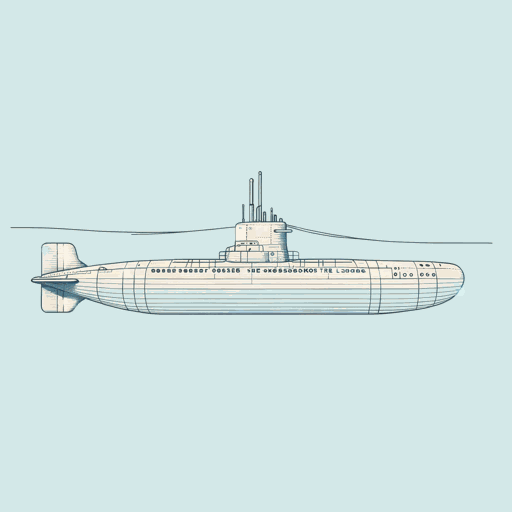
Dead Wake: The Last Crossing Of The Lusitania
Erik Larson
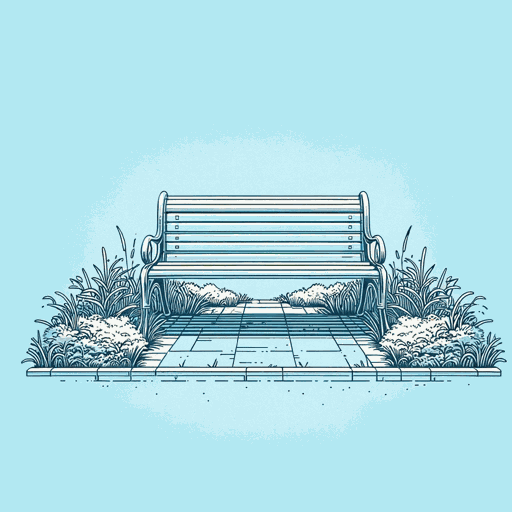
In the Garden of Beasts
Erik Larson
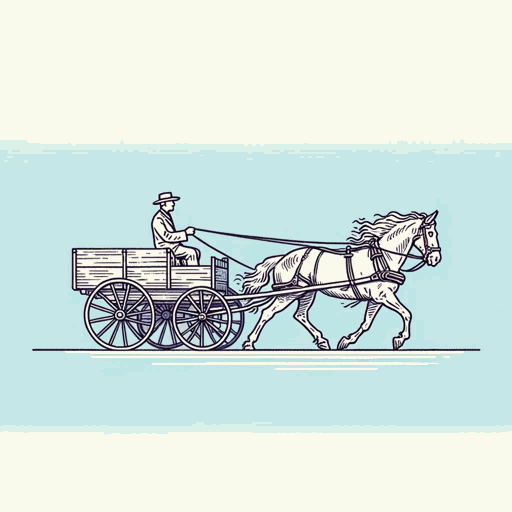
Isaac's Storm
Erik Larson
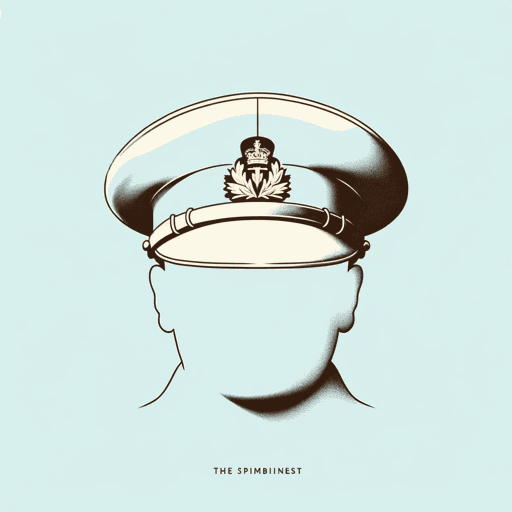
The Splendid and the Vile: A Saga of Churchill, Family, and Defiance During the Blitz
Erik Larson

Thunderstruck
Erik Larson
